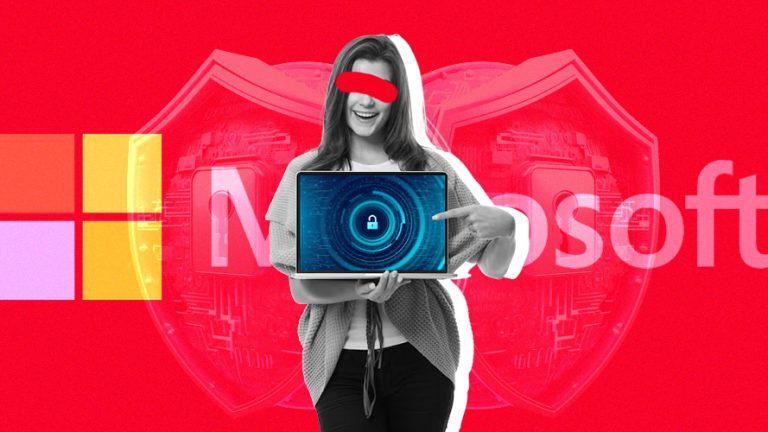Efforts by Microsoft to help more female cybersecurity workers to enter the cybersecurity industry
Women have been underrepresented in the cybersecurity area over the years, which has been dominated by men. But Microsoft is making progress in encouraging gender diversity in the cybersecurity industry. Recognizing the value of having a diverse team to address cyber threats, the corporation is actively seeking to create a more inclusive workplace.
Microsoft has implemented several measures, including collaborations with educational institutions and the creation of training programs, to encourage more women to pursue jobs in cybersecurity. Efforts by Microsoft aspire to close the gender gap in cybersecurity while also improving the effectiveness of the sector as a whole by empowering and promoting more female cybersecurity workers.
It is crucial to emphasize the value of gender diversity in the cybersecurity sector. Having a varied team of professionals who can tackle issues from multiple viewpoints is essential because cyberattacks are growing more complex and frequent. In the tech sector historically, women have been underrepresented, and this is even more true in cybersecurity. In addition to impeding advancement, this lack of diversity exposes businesses to cyberattacks.
Microsoft has started several programs to encourage more women to work in cybersecurity in response to this issue. Microsoft collaborated with numerous academic institutions to develop a cybersecurity curriculum for women in 2017. To assist women in acquiring the skills and information required to seek professions in cybersecurity, this program offers training and certification courses.
Microsoft has created its training programs in addition to working with educational institutions to advance diversity in the industry. The company’s year-long Cybersecurity instruction program offers practical instruction to people interested in a career in cybersecurity. The program welcomes participants from many backgrounds, with a focus on enlisting women and underrepresented groups.
Microsoft is actively attempting to make the workplace more inclusive. By 2024, the corporation wants to double the proportion of women in technical roles from the current 26.6% to 29%. Microsoft has also committed to spending $150 million on programs that promote diversity and inclusion, including measures to find and keep talented people of color.
However, Microsoft goes above and beyond training and hiring in its efforts to support gender diversity in cybersecurity. The company is also attempting to develop a culture that embraces inclusion and diversity. In addition to promoting female cybersecurity experts as role models and leaders, this also entails offering resources and assistance to women who are already employed in the industry.
Through its Women in Security and Privacy (WISP) initiative, Microsoft is supporting female cybersecurity specialists. Women in cybersecurity professionals (WISP) assist and mentor one another. Members of the group have the chance to network, share expertise, and advance their professions.
Microsoft also organizes conferences and events that highlight the contributions of female cybersecurity specialists. Keynote speakers and panels that highlight the contributions of women in the sector are featured at the company’s annual Security, Privacy, and Compliance Summit. Women have the chance to interact and share their experiences at this event.
The initiatives taken by Microsoft and other businesses to advance gender diversity in the cybersecurity field are crucial for closing the gender gap as well as improving the efficiency of the sector as a whole. A varied workforce delivers a range of viewpoints and problem-solving techniques, which is essential for fending off increasingly complex cyberattacks.
It’s critical to address the underlying problems that lead to the lack of diversity in the software business in addition to boosting gender diversity. Unconscious bias, stereotyping, and a lack of representation are some of these problems. Companies may foster a more welcoming workplace for people from all backgrounds by addressing these issues.
The resolve of businesses to prioritize diversity and inclusion will ultimately determine if these programs are successful. Employers must develop a culture that embraces diversity and promotes inclusivity; merely hiring more women and people of color won’t cut it. This calls for an ongoing effort that goes beyond hiring and training procedures.
In conclusion, Microsoft’s initiatives to advance gender diversity in the cybersecurity sector are a step in the right direction toward building a more welcoming and productive sector. Aiming to inspire more women to seek jobs in cybersecurity, the company’s initiatives include partnerships with educational institutions, training programs, and community-building activities. by encouraging and empowering more women to work in cybersecurity.






Add comment